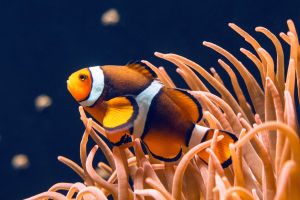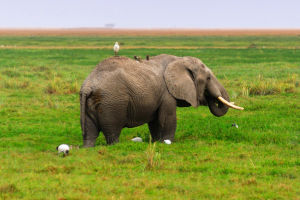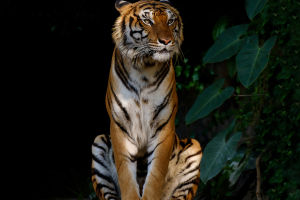Pussycats belong to the nimble family. They carry ringworm and parasites similar to fleas and toxoplasma. It is a popular pet in homes around the world.
The average cat has a round head, a short face, five-fingered paws, four-toed hindlimbs, sharp and twisted claws at the ends of the toes, retractable claws, and night vision. They hunt other creatures by ambush and most of them can climb up trees.
Cats have fatty, fleshy pads on the bottom of their toes to avoid making noise when walking. Hunting does not scare the mouse. The paws are contracted when walking to prevent the claws from being blunted and are extended when hunting mice and climbing.
The body of the cat is divided into five parts: head, neck, torso, limbs, and tail. The majority of the body is covered with fur, although some areas are furless. Cats have fatty, fleshy pads on the bottom of their feet, which allows them to walk quietly and not scare away mice when they catch them.
The ends of their toes have sharp nails, which can be retracted and extended. The claws are retracted when the cat is resting or walking, and only extended when grasping and climbing to prevent the nails from being worn down.
Cats have five toes on their front limbs and four toes on their hind limbs. Their teeth are divided into incisors, canines, and molars. The canine teeth are particularly well-developed and sharp, like cones, suitable for catching rodents, and the molars have sharp projections on their chewing surfaces, suitable for biting meat. The incisors are not as well-developed.
Pussycats are nimble and good at jumping. They eat fish, rats, rabbits, etc. The reason why pussycats love to eat fish and mice is that they are nocturnal creatures. To be able to see easily at night, they need a lot of taurines.
Mice and fish contain taurine in their bodies, so pussycats do not just eat fish and mice because they like them; they also eat them because they need them. Pussycats act as natural adversaries of rodents, which is effective in reducing damage to seedlings and other crops by rodents.
The cat can walk and jump smoothly on the high wall as if nothing had happened, and one can not help but be impressed by its sense of balance. This is substantially due to the cat's exceptional reactive jitters and sense of balance.
The strong muscles and strong joints of the hind bases can be used to jump with dexterity. Indeed if it falls at a high altitude, it can change its body position in the air and land smoothly and directly. Indeed when falling or jumping from a high place.
The cat relies on its tail to acclimate its balance so that the branches with soft pads land on the ground. Be careful not to yank the cat's tail, as it'll affect its balance and can fluently beget diarrhoea and dock the cat's life span. Feeding should be regular, quantitative, and fixed.
The quantum of refections shouldn't be more or less. As the age of the cat increases. In a certain period, the quantum of food for gibs gradationally increases. By eight months or further, it'll remain stable.
Generally, pussycats around 2 months old eat further than 5 or 6 times a day. Gibbs is generally fed four times a day until they're three months old. For illustration, at 9 am, 12 noon, 6 pm, and 10 pm.
If the milk for gibs isn't enough or no milk. Special pet milk grease paint is available. When aged, add some rice flour to the formula. If milk is consumed directly. It may beget diarrhoea, as gibs can not digest milk well.


